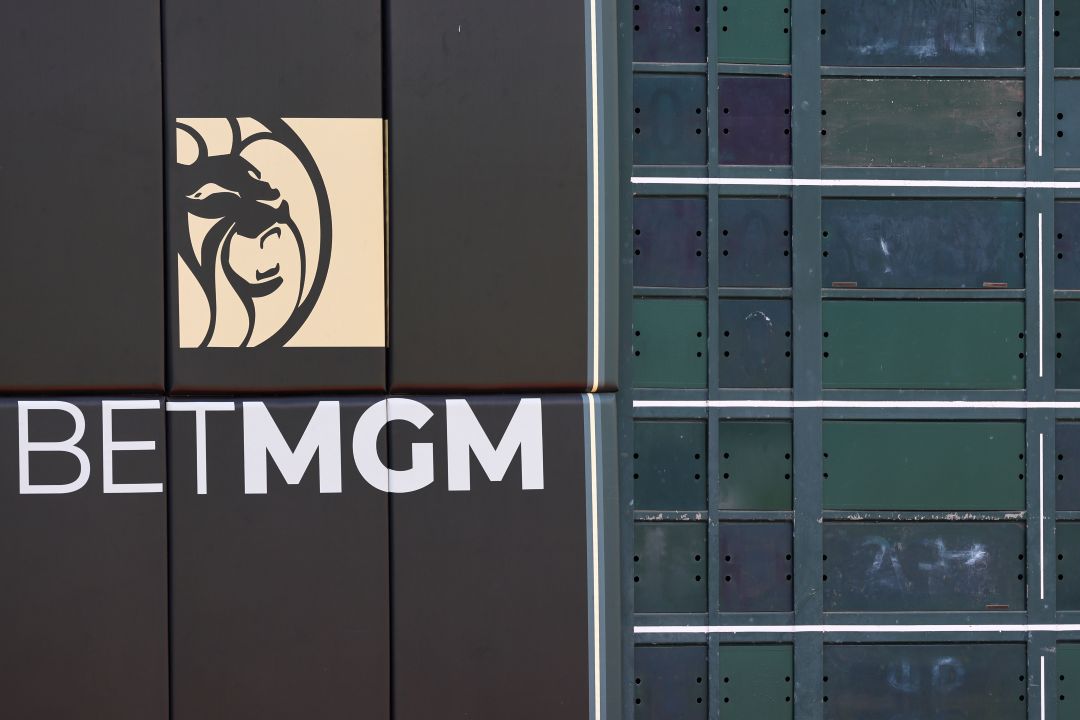Top Colleges Sit On Deep Money Bins
A new report from the Education Trust concludes that our top colleges are being too stingy. Specifically, it examines private nonprofit institutions with endowments above $500 million and finds that many of them are underspending endowment assets, plowing their returns back into the money bin rather than using them to defray educational expenses for students. Of the 67 colleges authors Andrew Howard Nichols and José Luis Santos examine, roughly half have annual endowment spending of less than 5 percent, a generally-accepted target.
The spending rate of these top colleges is a particularly touchy subject because the returns on the endowments are tax exempt. Cash donations, which universities may use to build their endowments, are also tax-deductible. On top of all that, various federal student aid programs and tax preferences for tuition enable schools to charge their students more. Our top colleges receive a plethora of government subsidies that would make even the much-favored ethanol industry blush.
With all Uncle Sam’s largesse, reasonable people may ask whether colleges should be spending more out of their endowments. Take the example of Swarthmore College, one of the stingiest institutions identified in the report, which also happens to be my alma mater and that of my Manhattan Institute colleague, Diana Furchtgott-Roth. In fiscal year 2013, Swarthmore spent 3.73% of its $1.5 billion endowment. (Not coincidentally, the endowment has since risen to $1.8 billion.) Increasing the school’s spending rate to 5% would generate an additional $19.1 million in disposable funds, enough to defray the cost of attendance by $12,069 for each of its 1,581 students.
Granted, many schools (including Williams and Middlebury Colleges, Swarthmore’s peer institutions) easily exceed the 5% target. But those that do not should reevaluate whether rapid accumulation of endowment assets is the use of resources which fits best with their missions. While government certainly should not step in to micromanage the finances of independent schools, the extent of taxpayer support for these institutions makes it appropriate for observers to ask questions.
One question is why tuition at these selective non-profit schools is so pricey when robust endowment returns should be able to take care of many expenses. At Swarthmore, the total annual cost of attendance is $63,550—up over $10,000 since I entered as a freshman five years ago (and up $59,000 since Diana entered). Granted, most students do not pay the full load—but even generous institutional aid does not always insulate students and families from rapid price increases. And anyone with a child in college knows just how rapid those increases have been.

If a school believes it needs to ramp up spending, why does it opt for tuition increases rather than spending more out of its endowment? Simply put, because it can. The U.S. government allows students access to tens of thousands of dollars apiece in the form of Pell Grants and direct student loans. These grants and loans enable colleges to either raise tuition or cut back on institutional aid in order to “capture” the funds Uncle Sam makes available. When students can pay more, colleges charge more.
A number of recent economic studies (four links there) have found evidence for this phenomenon, known as the Bennett Hypothesis. What’s more, the worst offenders appear to be highly selective nonprofit colleges—the very same institutions Nichols and Santos identified with ten-figure endowments and Scrooge-esque financial managers. For example, Lesley Turner of the University of Maryland found that selective nonprofits capture, through tuition increases and financial aid reductions, 79 cents of every dollar of additional Pell Grant aid they receive.
In addition to Pell Grants and standard federal loans, top universities have an additional tool at their disposal: Parent PLUS loans. Students who exhaust their standard loans can get a parent to cosign a federal PLUS loan and gain access to an unlimited line of credit. According to the most recent data, the average PLUS borrower took out nearly $14,000 per year. Half of all PLUS disbursements went to just 178 schools, mainly selective private nonprofit and public universities.
As long as these programs are structured the way they are, there is little incentive for colleges to start spending more out of their endowments. For selective schools, tuition is simply a more expedient source of revenue. Eliminating the PLUS program, which will almost certainly expand in the coming years as tuition climbs higher, would be a good first step towards changing the current dynamic.
This column originally appeared on Forbes.
Preston Cooper is a policy analyst at the Manhattan Institute and the author of the new report, Reforming the U.S. Youth Minimum Wage.
Interested in real economic insights? Want to stay ahead of the competition? Each weekday morning, E21 delivers a short email that includes E21 exclusive commentaries and the latest market news and updates from Washington. Sign up for the E21 Morning Ebrief.


